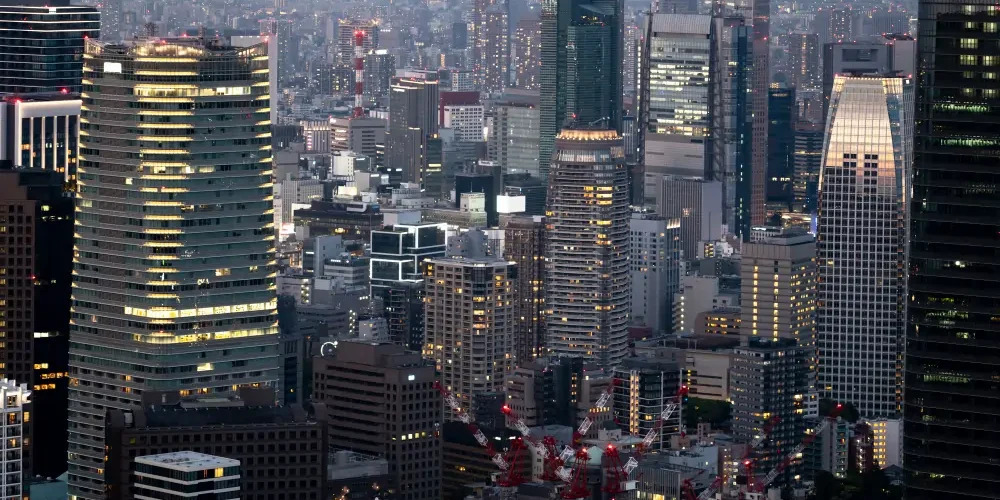The landscape of New York City’s built environment is on the brink of a major transformation, driven by the ambitious Local Law 97 (LL97). Enacted as part of the city’s broader Climate Mobilization Act, LL97 sets stringent carbon emission limits for buildings over 25,000 square feet, which make up a significant portion of NYC’s skyline. This law, which comes into effect in 2024, not only aims to reduce greenhouse gas emissions by 40% by 2030 and 80% by 2050 but also sets a precedent for urban sustainability efforts worldwide. A key component in achieving these aggressive targets is the shift towards building electrification. This blog explores how electrification could be a game-changer for New York City buildings in complying with LL97.
Understanding LL97
LL97 is one of the most comprehensive building emissions laws in the world. It covers around 50,000 buildings across the city, which together account for approximately 30% of the city’s total emissions. Under LL97, these buildings will need to meet specific emission caps, or face significant fines. The penalties can be substantial, potentially running into millions of dollars annually for buildings that fail to comply.
Also Read: How AI and Building Automation Will Play a Role in NYC LL97 Compliance
The Role of Electrification
Electrification of buildings typically involves replacing fossil fuel-based systems with electricity-powered alternatives. This includes transitioning from natural gas boilers to electric heat pumps for heating and hot water, using electric stoves in kitchens, and installing electric HVAC systems. The rationale is straightforward: as the electric grid becomes cleaner through increased penetration of renewable energy sources like solar and wind, the carbon footprint of electrically powered buildings decreases.
Advantages of Electrification
1. Reduced Greenhouse Gas Emissions: As the grid becomes greener, buildings that are electrified will inherently produce fewer emissions.
2. Improved Building Efficiency: Electric systems, particularly heat pumps, are generally more efficient than their fossil fuel counterparts.
3. Enhanced Indoor Air Quality: Electrification eliminates on-site combustion, thus reducing indoor pollutants such as nitrogen oxides and particulates, which are common with gas and oil burners.
Also Read: Upgrading Your Lighting to Comply with NYC Local Laws 88 and 97
Challenges to Electrification
Despite the advantages, the transition presents several challenges:
– Upfront Costs: The initial investment in new electrical infrastructure and equipment can be high.
– Grid Capacity and Stability: Increased electricity demand may strain the existing electrical grid, necessitating upgrades to infrastructure.
– Regulatory and Policy Hurdles: Building codes, standards, and utility regulations may need updates to accommodate and encourage building electrification.
Case Studies and Initiatives
Several pilot projects and initiatives across NYC are demonstrating the feasibility and benefits of building electrification. These include retrofits of historic buildings with modern electric systems and new constructions designed around full electrification. Programs offering financial incentives and technical assistance are also crucial in supporting property owners through the transition.
The Path Forward
Looking ahead, the success of LL97 and the broader goal of decarbonizing NYC’s building stock will depend heavily on the widespread adoption of building electrification. This will require not just individual property owner action but a coordinated effort that includes:
– Government Incentives: Financial and policy support to help mitigate the costs and risks associated with electrification.
– Technology Advancements: Continued improvements in the efficiency and cost-effectiveness of electric technologies.
– Community Engagement: Educating and involving building owners and tenants in the transition process.
Conclusion
The electrification of buildings in New York City is not just a compliance strategy for LL97; it represents a critical shift towards a more sustainable urban future. By embracing this shift, the city can enhance its resilience, improve the quality of life for its residents, and take a leadership role in the global fight against climate change. As 2024 approaches, all eyes will be on NYC’s skyscrapers, not just for their iconic silhouettes against the skyline, but for their pioneering role in a greener world.







